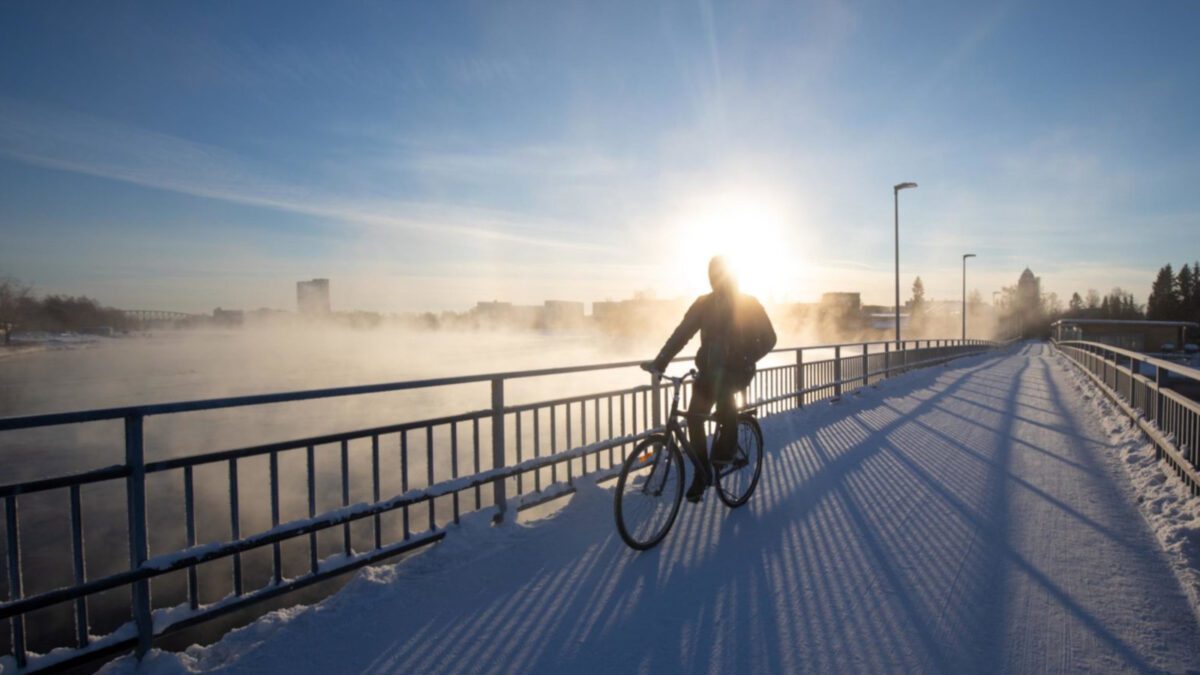So today, I rode the upper Grist Mill Trail through Patapsco State Park, took River Rd. to Ellicott City, then rode up Oella Ave. and into Catonsville via the No. 9 Trolley Trail. No issues at all until I went to turn from Bloomsbury Ave. onto Asylum La. to cut through Spring Grove. Asylum was blocked by a large fallen tree, and apparently they’re not in a big hurry to clear it out. No way around it on either side, so I had to drag the bike through a bit of foliage, but it was passable. There was a small section that looked more beaten-down than the rest, no doubt from other riders doing the same thing, so I did my part and helped tamp it down some more.
Other than the tree, there was not much to report. There was a big fallen power line on Oella Ave. right near the Oella Mill complex. I’m guessing some people there are still without power. River Rd. was clear and dry, with no mud, and only one little area with a bit of runoff. Lots of friendly riders, walkers and joggers out in the park.
Today is the first day of fall classes at UMBC. Traditionally during this week, I’ve always come onto campus via Poplar Ave. However, ever since they started the new zoned parking plan last year, the traffic on Hilltop Circle has increased quite a bit, particularly early in the semester. Today I decided to try coming in via Walker Ave. instead, and it wasn’t too bad. There was a bit more traffic on Wilkens Ave. than in the summer, but the traffic light at Wilkens and Valley Rd. does a good job of metering the traffic. When I come in this way, I don’t have to ride on Hilltop at all. I just cross it, then take the access road behind the library parking garage, and follow the trail over to the Engineering/Fine Arts building area. It looks like Walker will be a viable way to come onto campus, so the only route I’ll need to avoid is Hilltop Rd., which I’ve been riding less and less anyway.

